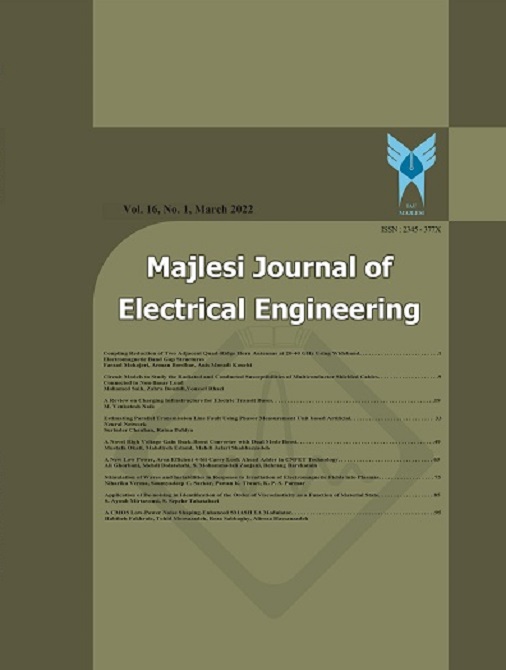[1] Diabetes, adopted from the International Foundation for Prevention and Control of Diabetes: http://www.idpcf.com/Default.aspx?PageId=3aZm1ag4. 10-12, 2016.
[2] Statistics, adopted from the International Foundation for Prevention and Control of Diabetes: http://www.idpcf.com/Default.aspx?PageId=3aZm1ag4. 10-12, 2016.
[3] O. Hasan. “The Role of Readmission Risk Assessment in Reducing Potentially Avoidable Rehospitalizations” .Prescriptions for Excellence in HEALTH CARE. 2011.
[4] Laura M. Enomoto, Deepika P, Shrestha, Meredith B. Rosenthal, Christopher S. Hollenbeak,
A. Gabbay Robert. “Risk factors associated with 30-day readmission and length of stay in”. Journal of Diabetes and Its Complications. 122-127, 2017.
[5] A. Najafian. “Thirty-day readmission after lower extremity bypass in diabetic patients”. Journal of surgical research. 2016.
[6] C.V.D.I. Walraven. “Derivation and validation of. CMAJ”. 2010.
[7] G. L Vest. “Determinants of preventable readmissions in the United States: a systematic review “. Implementation science. 1-28. 2010.
[8] W. X. Tao Zheng. “A machine learning-based framework to identify type 2 diabetesthrough electronic health records”. International Journal of Medical Informatics, 20-127, 2017.
[9] A. A. L. Ramiro Meza –Palacios. “Development of a fuzzy expert system for the nephropathy control assessment in patients with type 2 diabetes mellitus”. Expert Systems with Applications, 335-343, 2017.
[10] C. Y. H. Hsiao Hsien Rau. “Development of a web-based liver cancer prediction model for type II diabetes patients by using an artificial neural network”. Computer methods and programs in biomedicine, 58-65, 2016.
[11] M. O. Okan Erkaymaz. “Impact of small-world network topology on the conventional artificial neural network for the diagnosis of diabetes”. Journal of Biomedical Informatics 60 , 162-168, 2016.
[12] E. Ariana and W. T. Anderson. “Electronic health record phenotyping improves detection and screening of type 2 diabetes in the general United States population: A cross-sectional, unselected, retrospective study”. Journal of Biomedical Informatics 60, 162-168, 2016.
[13] F. Herbert and A. Jelinek. “Data analytics identify glycated haemoglobin co-markers for type 2 diabetes mellitus diagnosis”. Computers in Biologyand Medicine75, 90-97, 2016.
[14] G. Mohammed and M.F. Ahamad. “Clustering as Data Mining Technique in Risk factors Analysis of Diabetes, Hypertension and Obesity”. EJERS, European Journal of Engineering Research and Science. 2016.
[15] N. S. Yoichi Hayashi. “Rule extraction using Recursive-Rule extraction algorithm with J48graft combined with sampling selection techniques for the diagnosis of type 2 diabetes mellitus in the Pima Indian dataset”. Informatics in Medicine Unlocked2, 92-104, 2016.
[16] V.S.R.P. Kamadi and A.A. Varma. “A computational intelligence approach for a better diagnosis of diabetic patients”. Computers and Electrical Engineering 40 , 1758-1765, 2014.
[17] C. B. Og˘uz Karan. “Diagnosing diabetes using neural networks on small mobile devices”. Expert Systems with Applications 39, 54-60, 2012.
[18] B.G. C. L. Hammill. “Incremental value of clinical data beyond claims data in predicting 30-day outcomes after heart failure hospitalization”. Circ Cardiovasc Qual Outcome. 60-67, 2011.
[19] N. S. J. Allaudeen. “Inability of providers to predict unplanned readmissions”. J Gen Intern Med. 2011.

